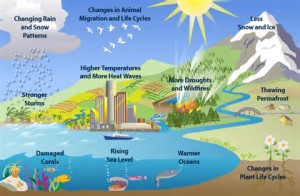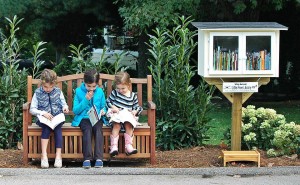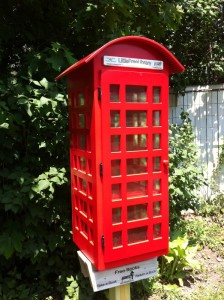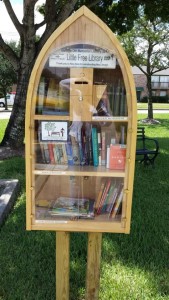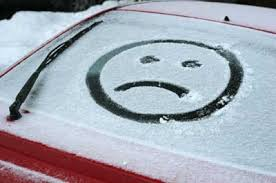Weather
2013 Flood
There is currently a lot of controversy about climate change and whether humankind has a role in the warming trend. While I think it is true that pouring huge amounts of sequestered carbon is the culprit, I don’t think it matters much for us here in Colorado and much of the west.
We live in a land of extremes except for the rainy Pacific Northwest, but, they have their earthquakes and volcanos. Here in Colorado, we dwell in a land of extremes. The west is dry, it snows in the mountains, the Front Range is kind of a mix, and it is pretty dry in the east. That varies from year to year. It varies a lot.
In the late nineteenth century it was a wet cycle in the eastern prairie, and the railroads made millions enticing settlers to buy their land and get rich farming. The population in eastern Colorado peaked then and has been declining ever since. The mountain ski areas have lots of snow some years and almost no snow other years. The western desert country looks dry and desolate most of the time, but I have seen it bloom in a stunning variety of color.
Then there are the floods, blizzards, and tornados, often followed by drought. The one thing we can count on is change. There are long term trends. Most archeologists think one reason the ancestral Pueblo Indians left southwestern Colorado was a prolonged drought cycle. Anyone who tries to raise dry land beans in that country can tell you not much has changed.
Here along the base of the mountains we have the extremes as well. There was the drought of 2002, and the floods of 2013. The mountains create an unusual weather pattern that stalls along the mountain front, bringing more moisture than the land can handle. That is when lots of the mountains wash out into the flat country. It has been going on for more than sixty million years. The gravel in the Platte River in Nebraska is Rocky Mountain gravel. Some of the Louisiana mud is Long’s peak mud.
Some climate models say climate change is going to dry Colorado out, other models say it will be wetter. My money is on more extreme weather. Longer, more violent wet periods and long droughts. Look for more frequent floods, not the thirty or forty year cycle we have had since the first European-American settlers and miners arrived. Think about the tornados and hailstorms recently.
I like the extremes. We have our regular four seasons here but the winters are milder than in Iowa. It can get hot but there are few days over one hundred degrees, but not like southeastern Utah. I think that may change, hotter in the summer. I don’t think the winters will be colder. I can remember forty below in Boulder when I was flunking out of CU. Twenty below seems to be more the cold winter norm now. What I do not like is the hailstorms. I don’t think the insurance companies like them much either. Homeowners insurance costs keep rising. That hail is hard on the garden as well. We had only one tomato plant survive last year.
One of the big impacts of climate change will be on water supplies. The amount of precipitation may not change, but if it is warmer, the snowpacks will not last as long in the spring. That means more spring floods and a shorter runoff period, which will impact water storage. That could be bad news for the populated Front Range. People keep coming, but there will not be more water, and a lot of the big spring runoff will go out of the state. That will be good for the Sandhill Cranes in Nebraska, but bad for Parker and Highlands ranch.
I spent a long time in the water business, and it always disturbed me watching all that high quality drinking water being used to attempt to replicate Surrey or Connecticut foliage in the Great American Desert. All that bluegrass will have to go. The urban forest will have more drought-hardy trees. Denver Water’s customers have done a good job of conserving since the big drought of 2002, but the bluegrass model of landscaping continues. In Denver, daily water consumption is about 110 million gallons per day in winter. I the hot part of summer, it’s over 400 million gallons per day, most of it run out onto the ground.
At our house, we have significantly reduced the size of our lawn, but we still have a lot of crabgrass. It should be buffalo grass and blue grama, both native drought-resistant grasses. They don’t stay green all summer, so we are stalling and paying the water bill. Marijuana legalization is bringing lots of people to Colorado, and the economy is booming. Those people use water, and lots of water is used growing the stuff. One of the unintended consequences of legalizing pot is increased water consumption.
Myself, I am not too concerned about climate change for myself. After all I am 73 years old and don’t live on the coast. Long term change is a reality, but as John Maynard Keynes said, “In the long range we are all dead”.
